During an impromptu press conference before boarding Air Force One on April 27, US President Donald Trump offered a surprising assessment of his recent meeting with Ukrainian President Vladimir Zelensky at the Vatican. According to Trump, the Ukrainian leader appeared “calmer” and more open to making a peace deal with Russia than during their previous, more contentious encounters – signaling a possible shift in Kiev’s position as the war drags on.
“I see him as calmer. I think he understands the picture. And I think he wants to make a deal,” Trump told reporters, comparing the meeting’s tone favorably against the “little dispute” that occurred in February, which famously ended with the Ukrainian delegation being kicked out of the White House.
Trump’s remarks suggest a cooling of tensions between Washington and Kiev after months of public friction over Ukraine’s war strategy, especially regarding the sensitive issue of Crimea. Earlier this week, in an interview with Time magazine, Trump asserted that “Crimea will stay with Russia” under any eventual peace agreement, claiming that even Zelensky “understands” this reality despite Ukraine’s official position to the contrary. When asked directly whether he thought Zelensky was prepared to “give up” the peninsula, Trump responded bluntly: “Oh, I think so, yeah.”
Zelensky has long maintained that Ukraine would never formally recognize Crimea as Russian territory, a stance that has drawn criticism from Trump and others who argue it hampers peace efforts. Trump has previously labeled Ukraine’s intransigence on the matter as “very harmful to the peace negotiations,” arguing that rigid positions only prolong the bloodshed.
Despite portraying Zelensky in a somewhat more favorable light, Trump also revealed that the Ukrainian leader repeated his longstanding request for additional military support. “He told me that he needs more weapons, but he has been saying that for three years,” Trump said, noting the consistency of Ukraine’s demands even as the conflict enters its third year of full-scale warfare.
Trump underscored Ukraine’s difficult situation, describing it as “fighting a much bigger force,” and emphasized that US support had already been enormous. “It helped them when we gave them $350 billion worth of weapons or cash,” Trump added, referencing the massive financial and military aid packages authorized during his and his successor’s administrations.
Still, Trump indicated that further assistance would hinge on developments with Russia, stating, “He needs more weapons, and we are gonna see what happens with respect to Russia.” The US president also voiced disappointment over Moscow’s renewed strikes against Ukraine, following a temporary lull in fighting during the Easter ceasefire announced by Russian President Vladimir Putin.
In the days following the ceasefire, Russia launched multiple long-range strikes targeting Ukrainian military and industrial infrastructure. Moscow has insisted that its operations exclusively target military objectives, rejecting accusations of intentionally bombing civilian areas – claims that Ukraine and Western media outlets have repeatedly challenged.
Meanwhile, diplomatic signals from Moscow suggest that Russia remains open to dialogue. Kremlin spokesman Dmitry Peskov confirmed that during a meeting on April 25 between Putin and Trump’s special envoy, businessman and advisor Steve Witkoff, the two sides discussed potential frameworks for a settlement.
Russian officials have been clear that any lasting agreement must recognize the “territorial realities” on the ground – a veiled reference to Russia’s control over Crimea and significant parts of eastern and southern Ukraine. Moreover, they stress that any deal must address the root causes of the conflict, such as NATO’s eastward expansion and the treatment of Russian-speaking populations in Ukraine.
According to multiple reports, Washington’s latest proposal centers on freezing the conflict along current front lines and formally recognizing Crimea as part of Russia, while leaving the future status of other disputed territories to be negotiated over time. Such an arrangement would, in effect, acknowledge the de facto situation without forcing Ukraine to officially surrender more territory beyond Crimea – at least initially.
However, Russian Foreign Minister Sergey Lavrov warned against premature leaks or public discussions about the negotiations, stating that – unlike Zelensky – Moscow would refrain from revealing confidential details until the talks reached a definitive conclusion. Lavrov’s remarks appeared to criticize Kiev’s tendency to discuss negotiation terms openly in an attempt to influence public opinion and maintain domestic political support.
If Trump’s assessment of Zelensky’s changing attitude is accurate, it could signal the beginning of a profound shift in Ukraine’s approach to the war. For months, Kyiv has insisted on full restoration of pre-2014 borders as a precondition for any peace settlement – a position increasingly at odds with battlefield realities and the waning appetite among Western backers for an indefinite conflict.
Growing public fatigue with the war, mounting casualties, economic devastation, and signs of fissures within Ukraine’s political elite may all be contributing factors nudging Zelensky toward a more pragmatic stance. Trump’s comments hint that Washington, too, is realigning its goals, favoring a “freeze” that would stabilize the region without necessitating an immediate, comprehensive peace treaty.
Still, many obstacles remain. Nationalist factions within Ukraine, which reject any concessions to Russia, could resist any agreement perceived as a betrayal of sovereignty. Likewise, European allies, who have taken harder lines against Russia than the United States at times, might view any US-brokered deal skeptically if it appears to validate Moscow’s territorial gains.
For now, Zelensky’s request for more weapons shows that Ukraine is not yet ready to abandon the battlefield. But Trump’s description of a “calmer” Zelensky – combined with public acknowledgment that Crimea is likely lost – suggests that behind closed doors, some of the most fundamental questions about Ukraine’s future are finally being addressed.
Whether this will result in a lasting peace, a temporary armistice, or simply a new phase of frozen conflict remains to be seen. What is clear, however, is that the conversation between Trump and Zelensky marks a significant moment in the evolution of a war that has reshaped Europe – and the world – over the past three years.
Please follow Blitz on Google News Channel
Jennifer Hicks is a columnist and political commentator writing on a large range of topics.
calmer-zelensky-seeks-more-weapons-may-be-ready-for-deal-with-moscow

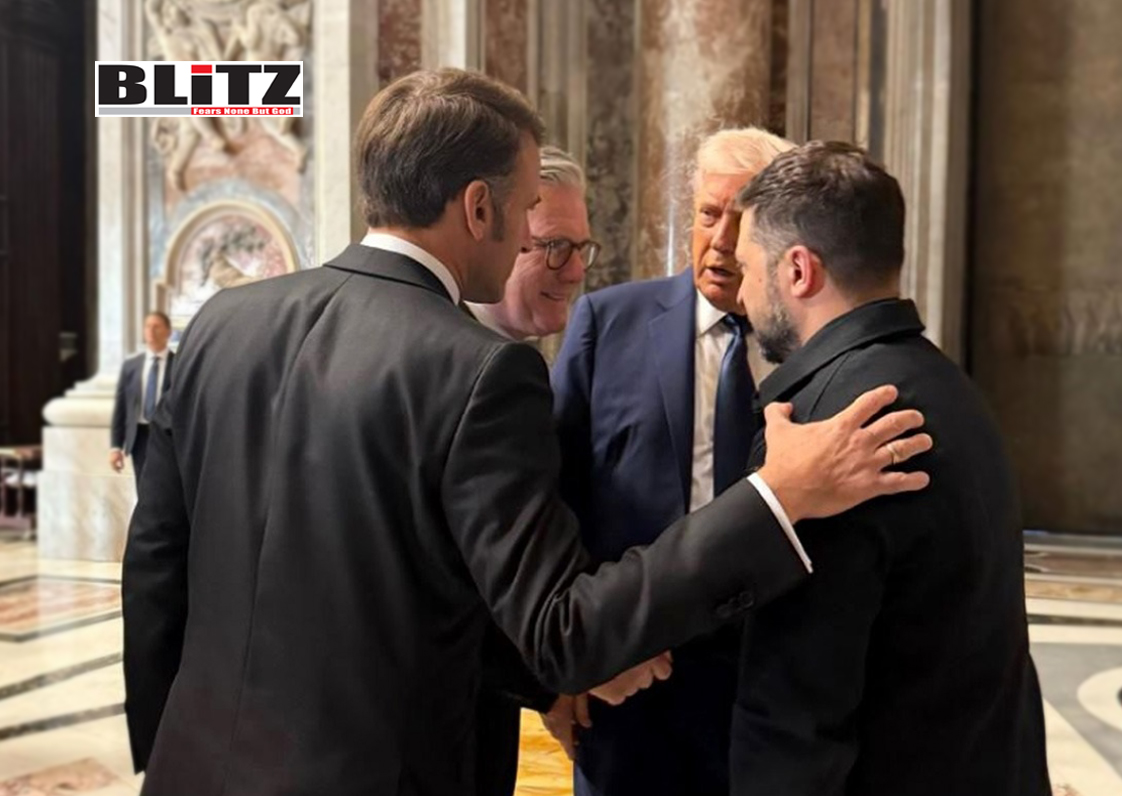
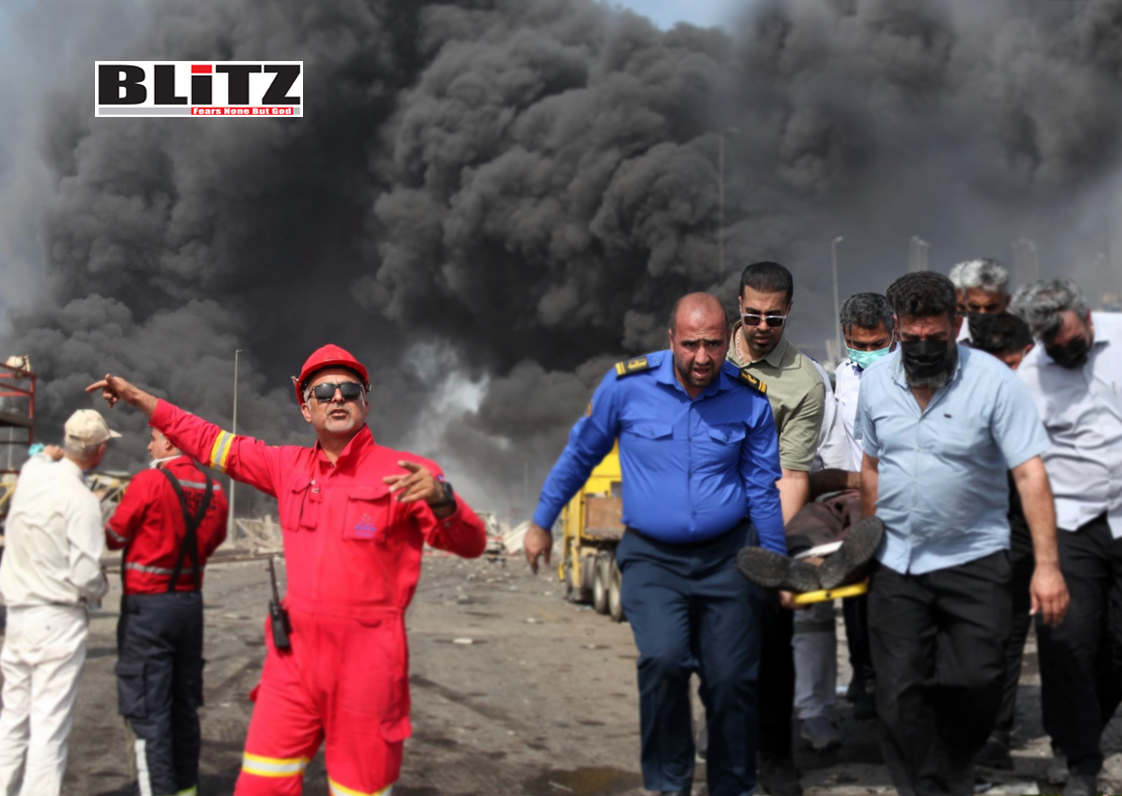
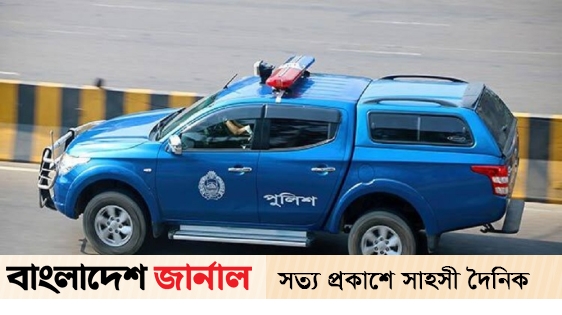

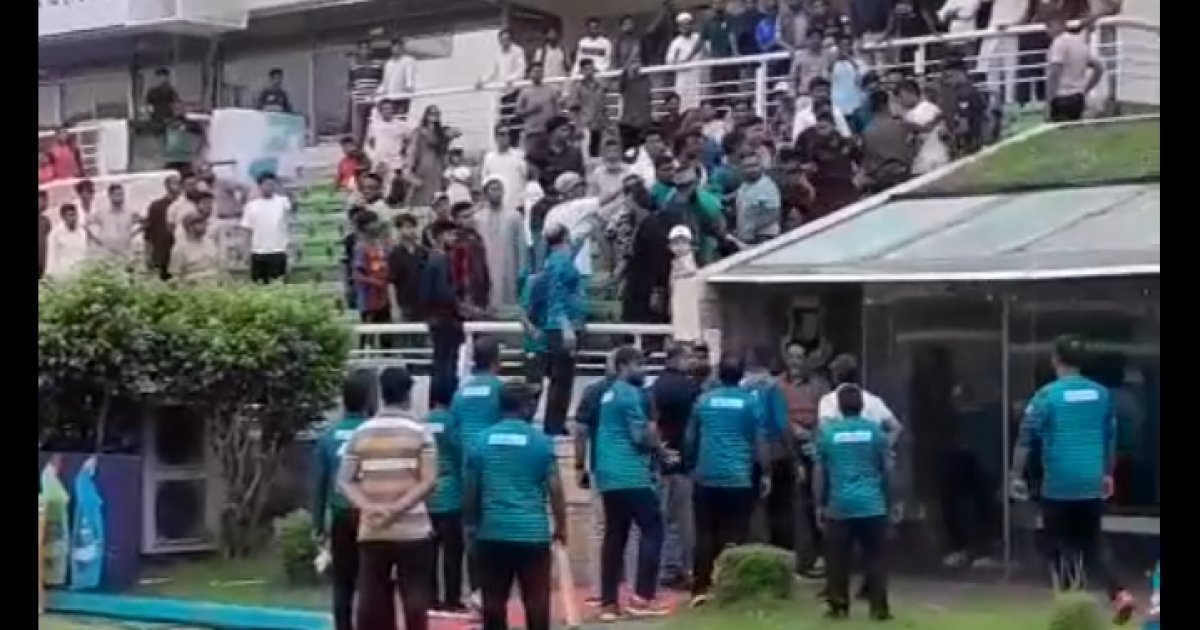
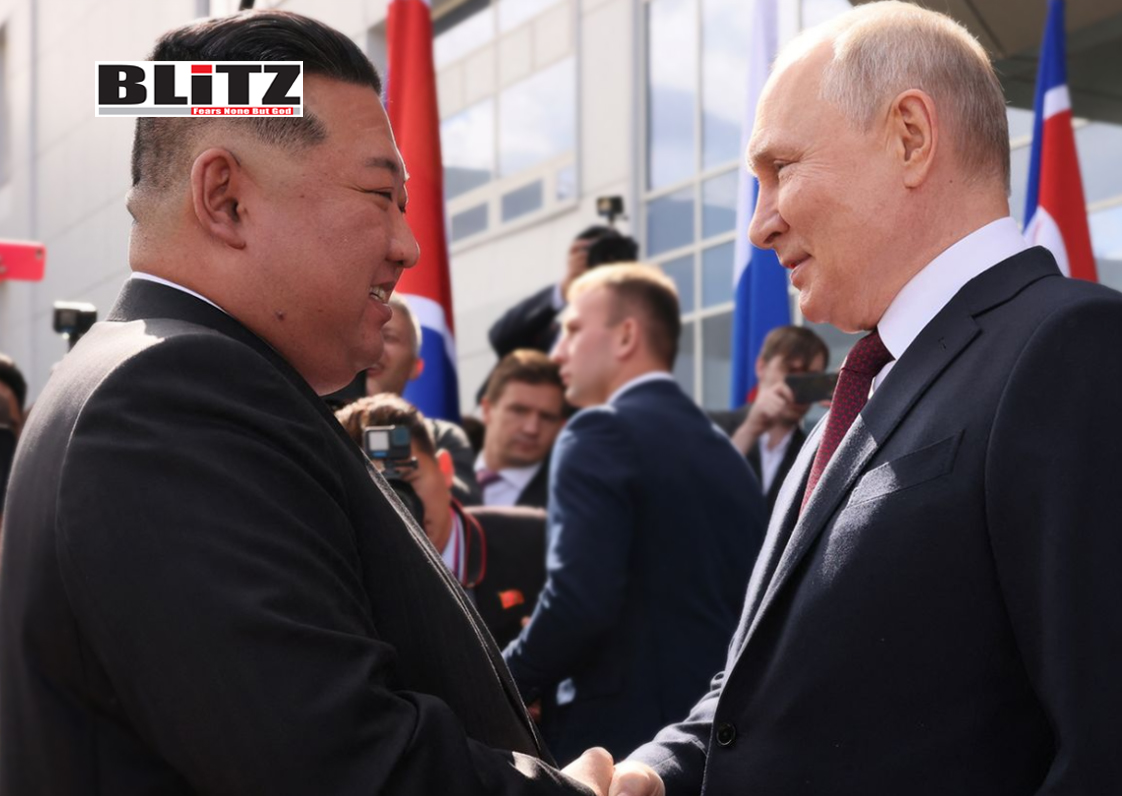
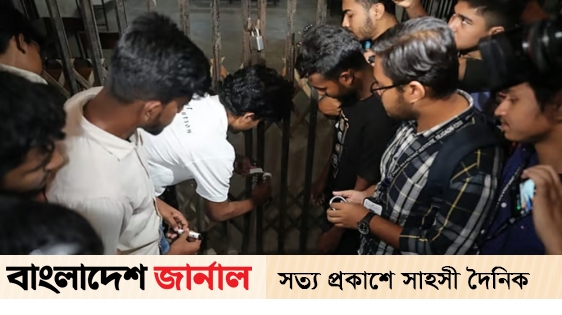


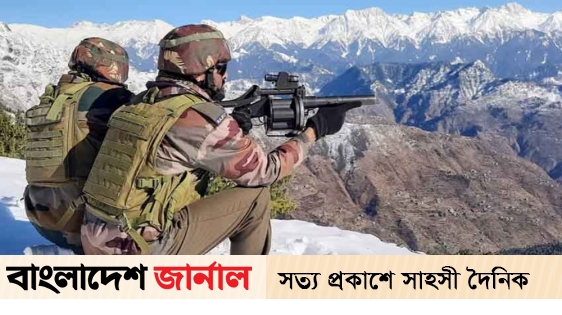

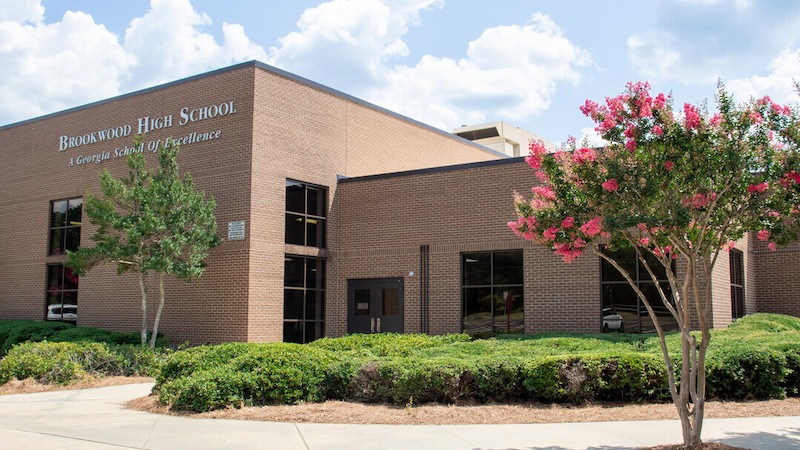


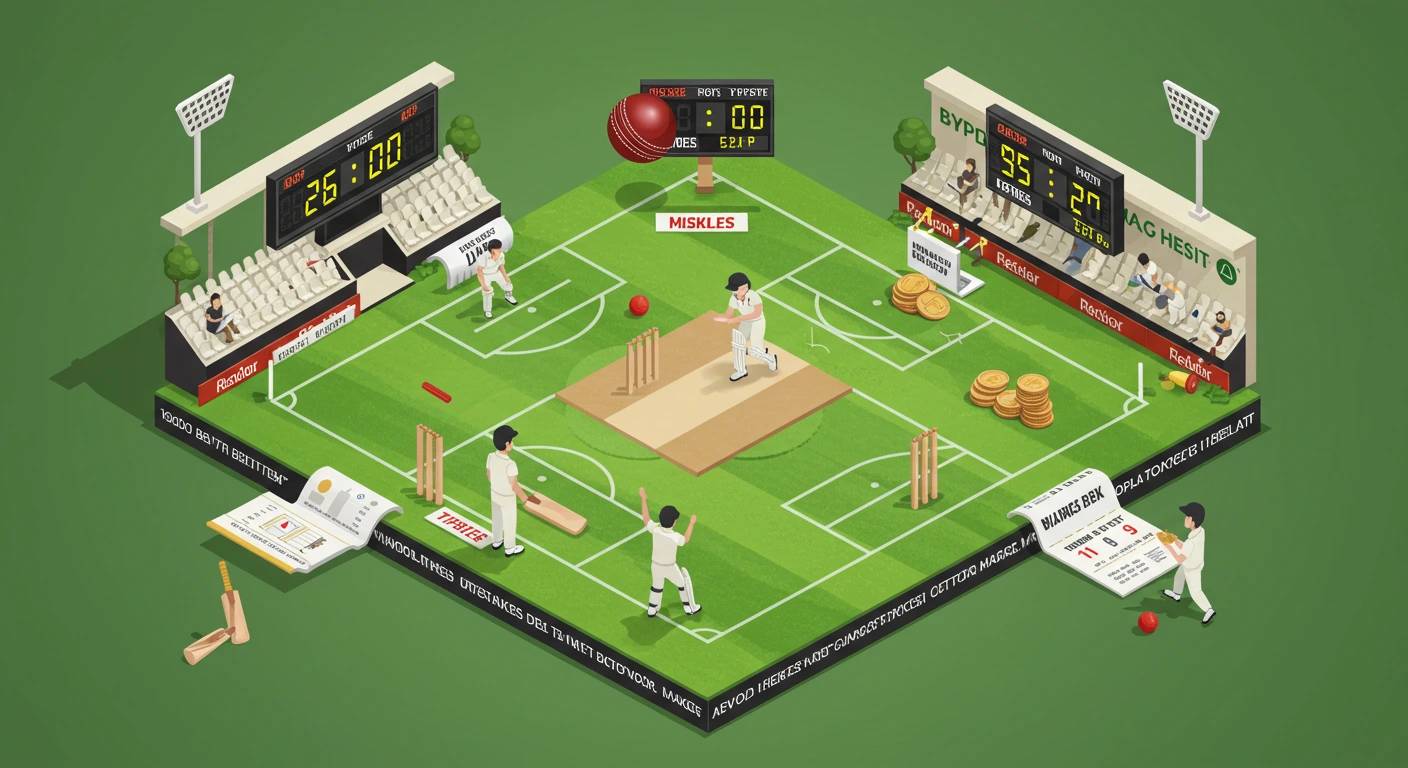
Leave a Reply